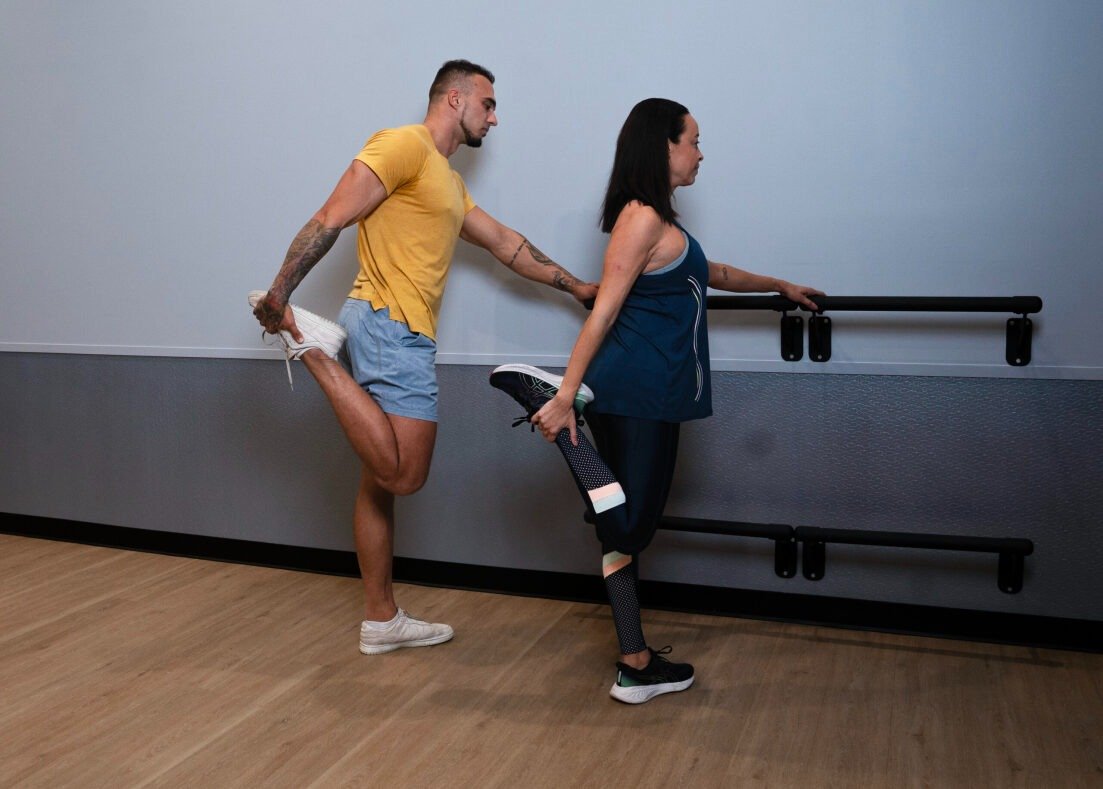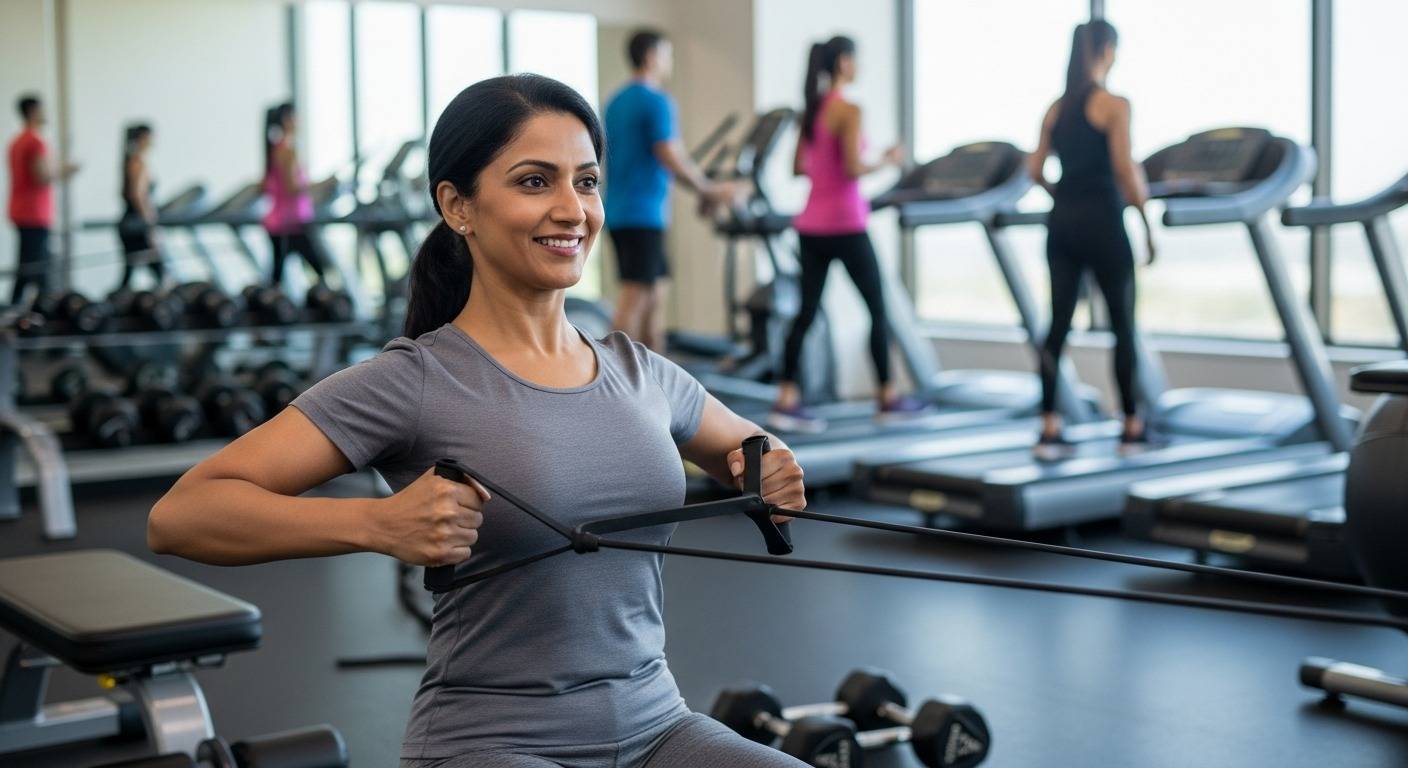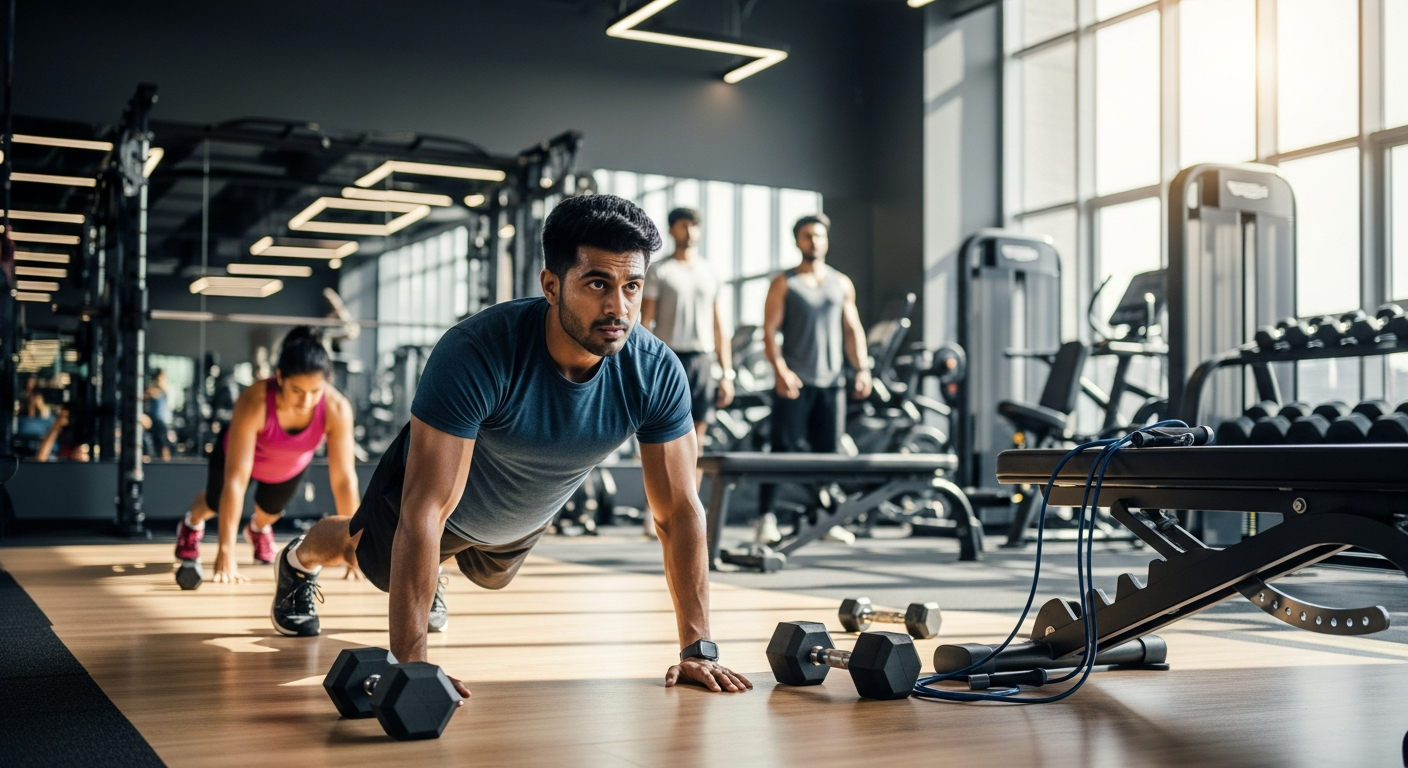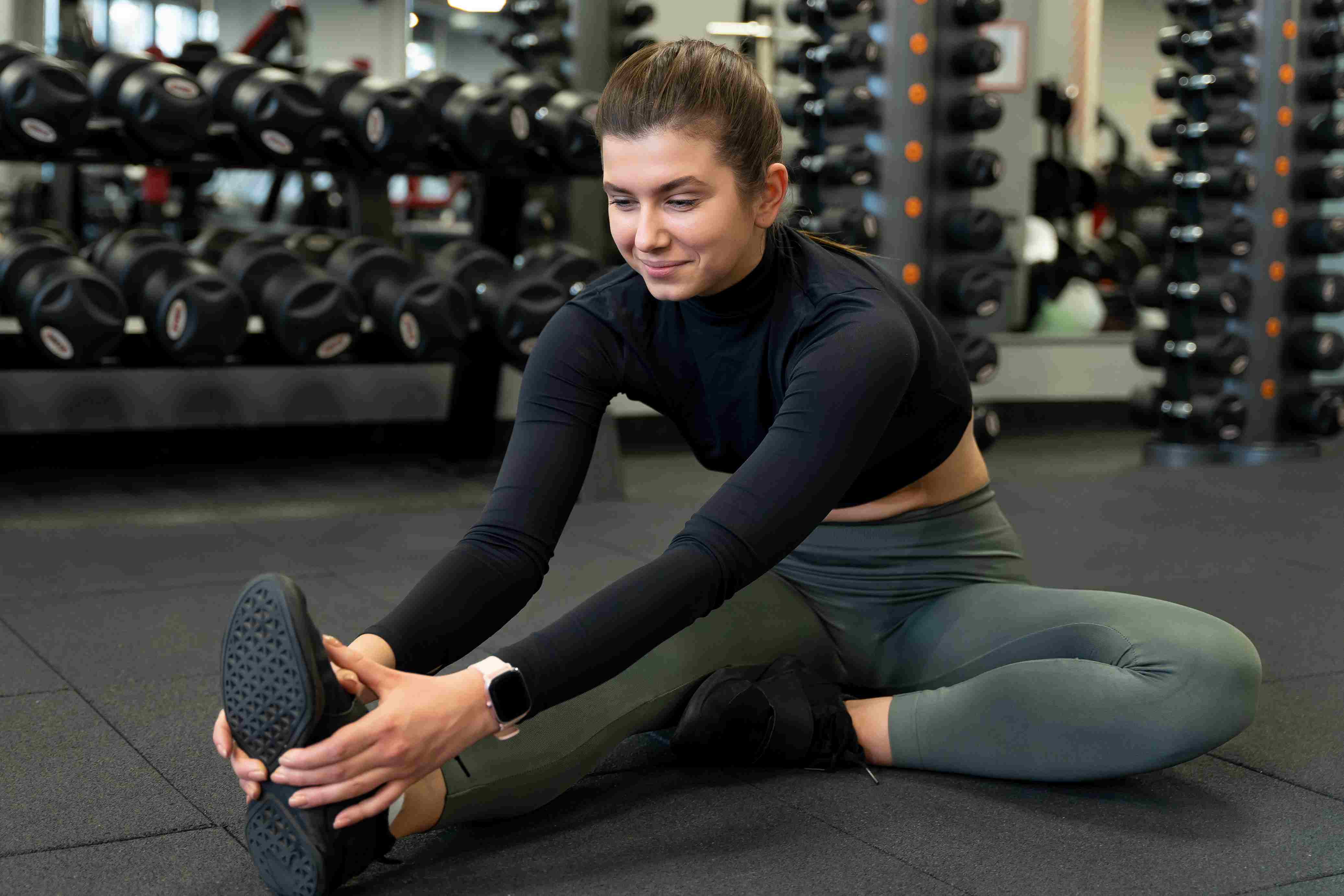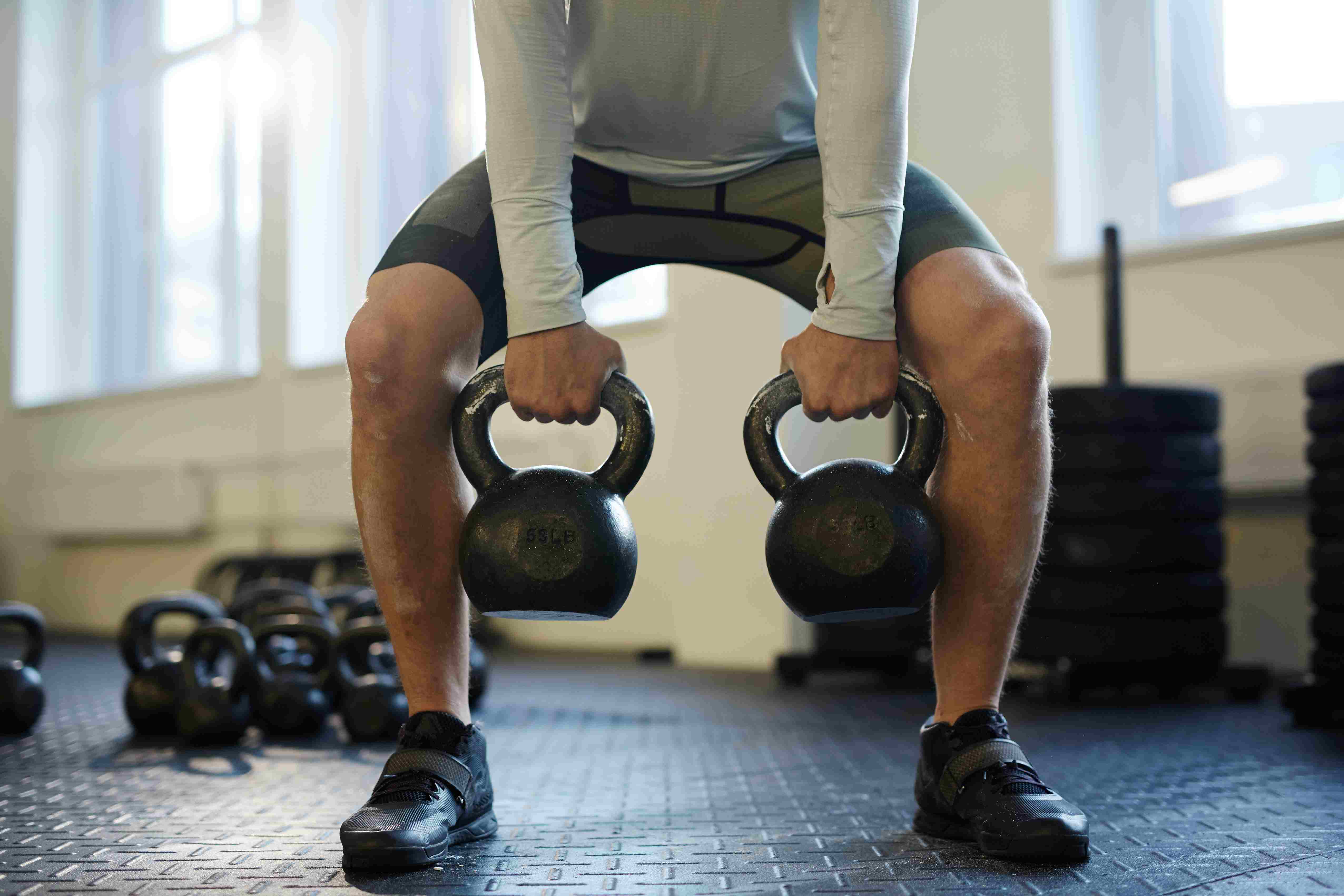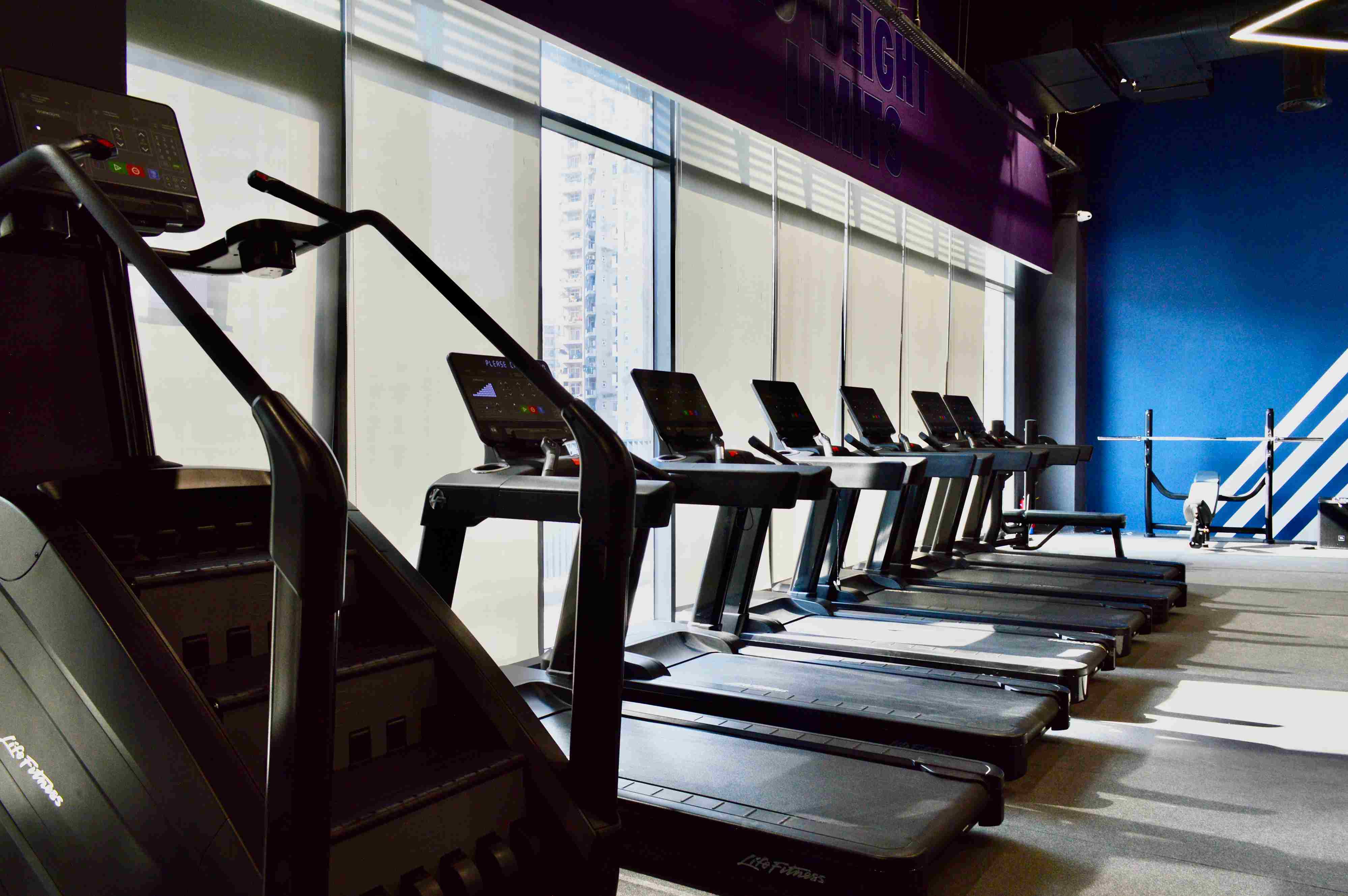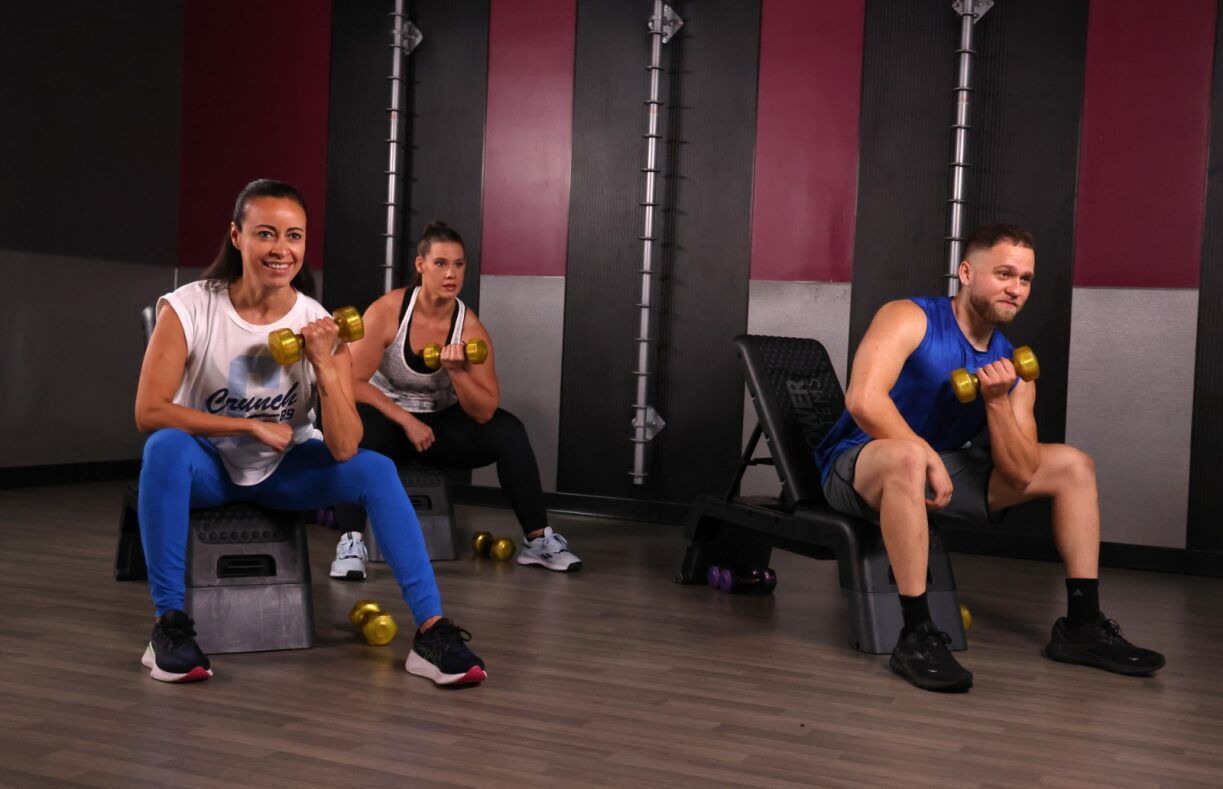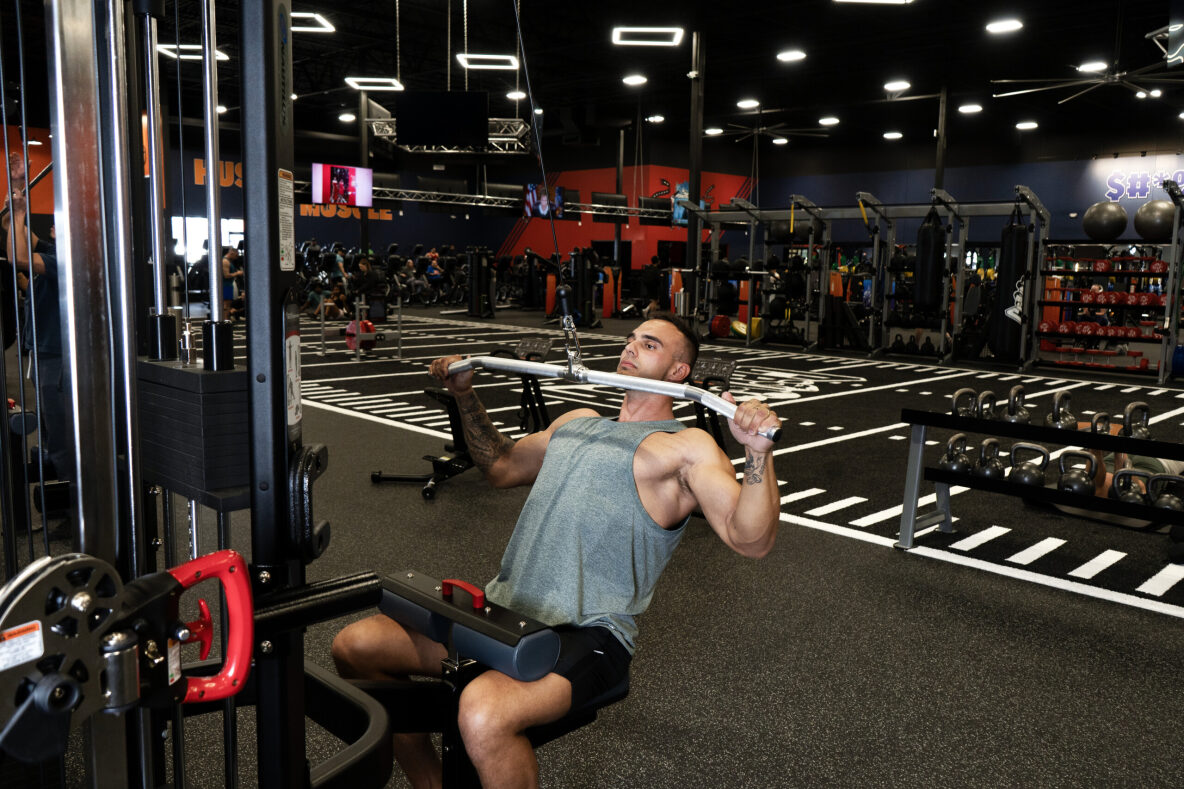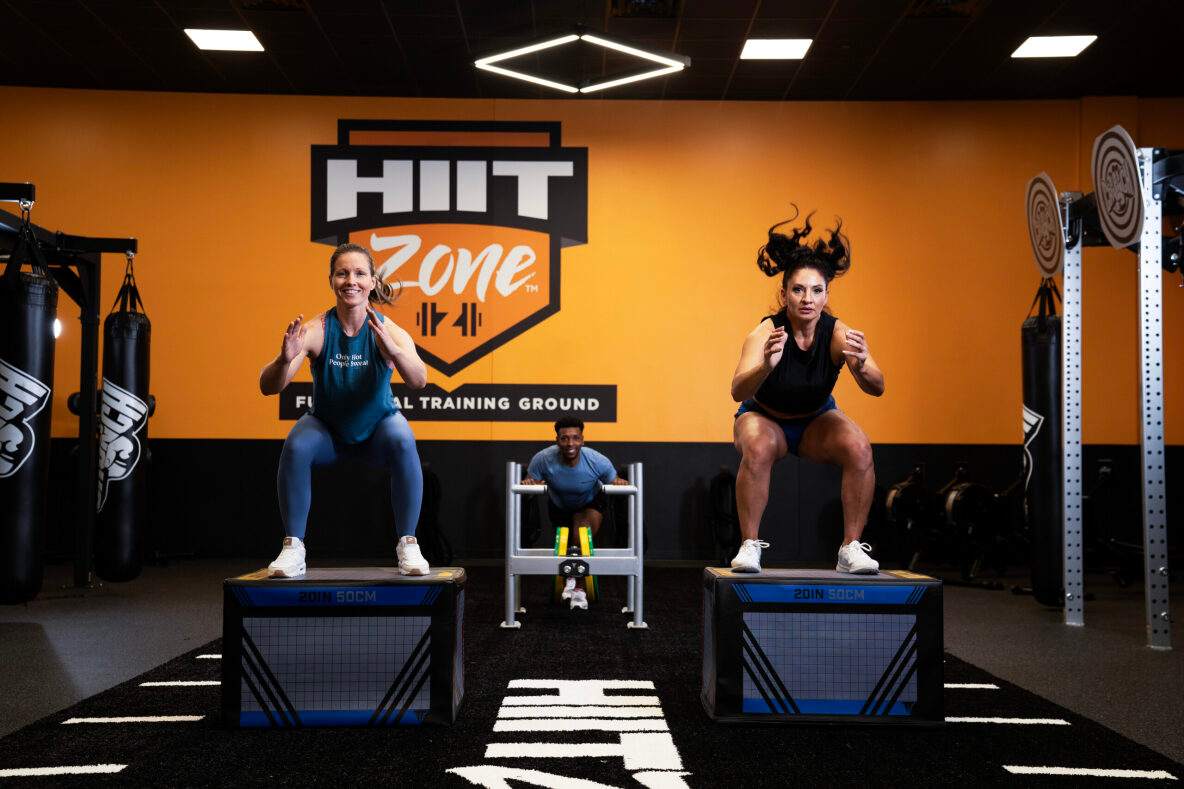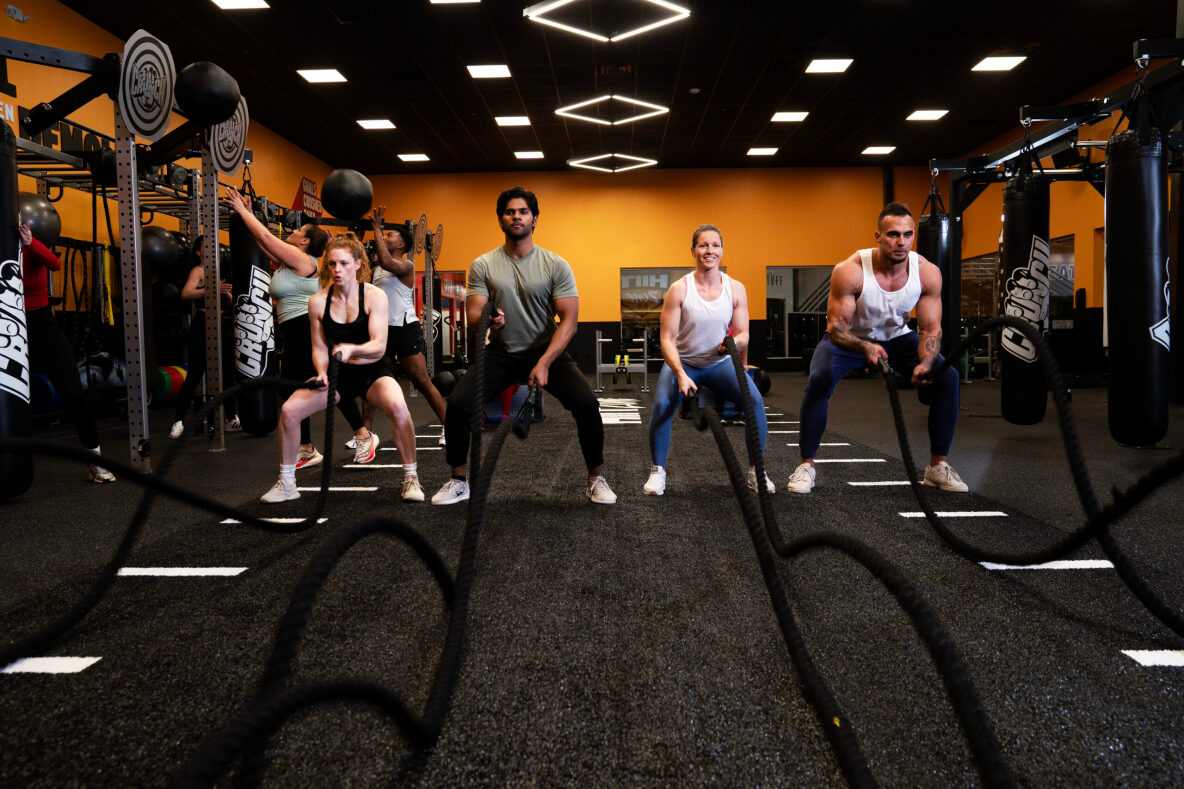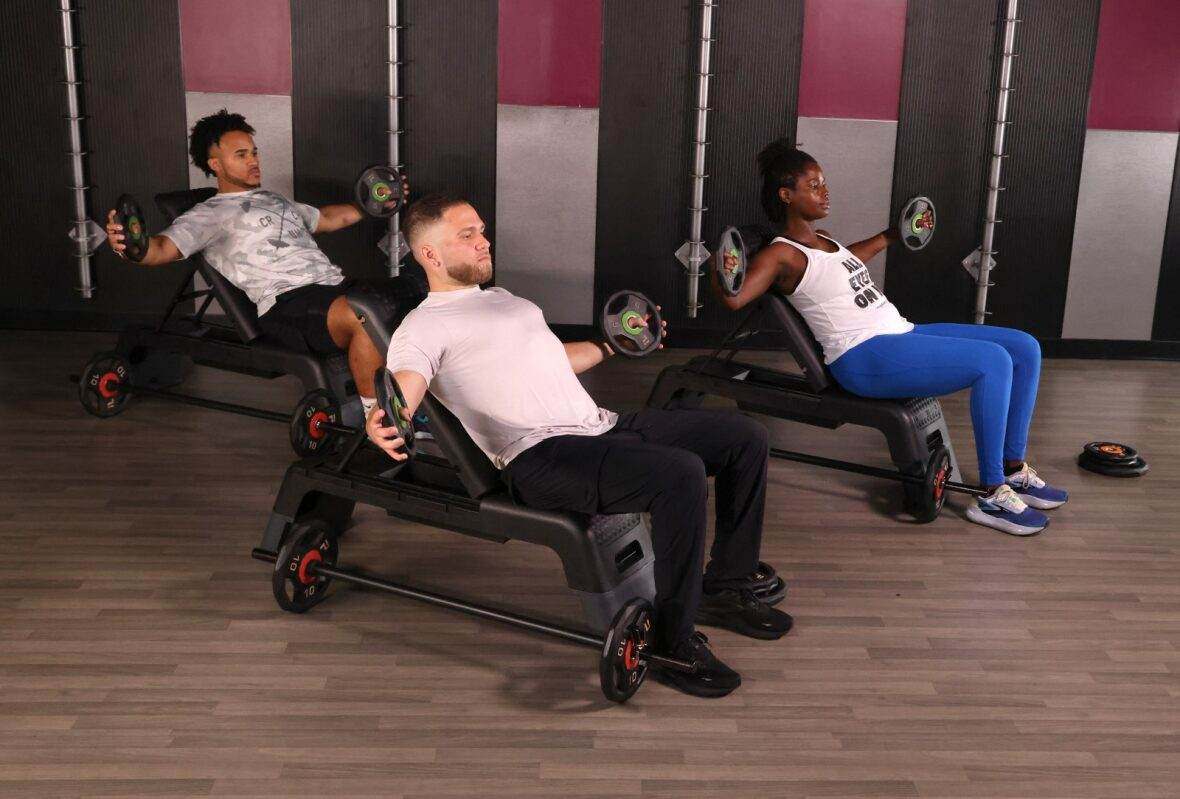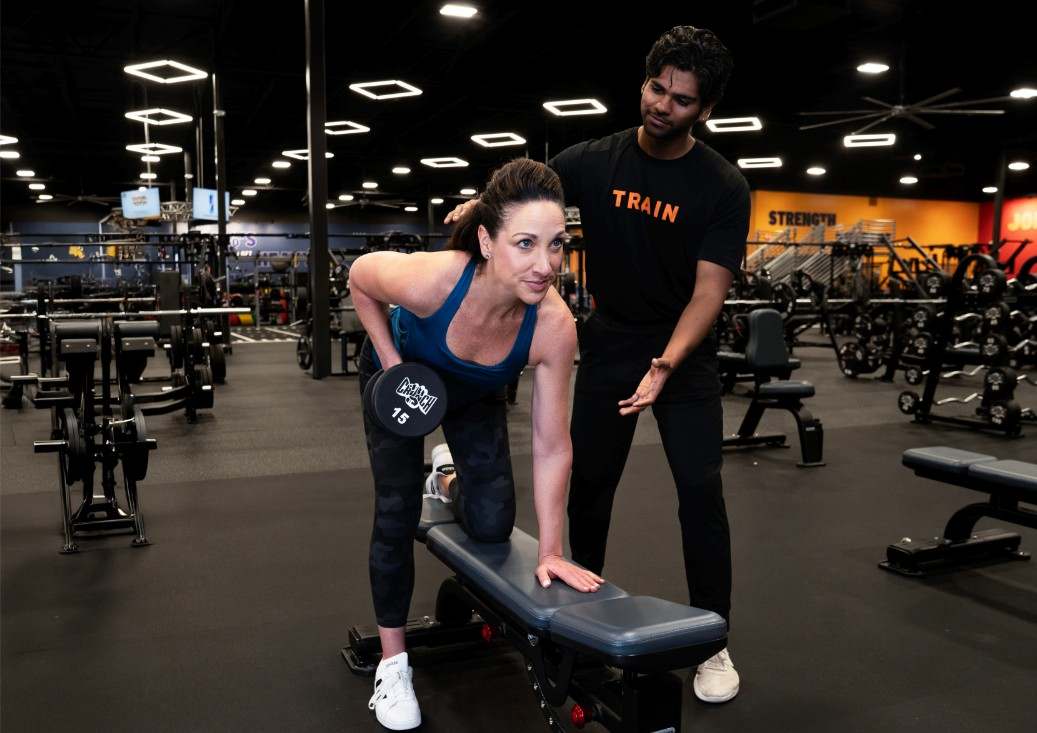You have likely been given the same old advice. Lift heavy, keep good form, eat your protein.
But I bet you didn't know that there is an extremely powerful and often overlooked factor that can bring you from good results to great results: your mind! It's not a supplement, a new machine, or a trendy diet. It's just your mind.
It is the Mind-Muscle Connection (MMC) which is that secret sauce that the likes of top athletes and veteran gym goers don't hesitate to say is the main reason for their maximum performance in every single repetition.
What is the Mind-Muscle Connection Exactly?
The Mind-Muscle Connection basically refers to the Neuro-muscular System which is a mechanism of the brain signaling the desired muscle to contract and thus the individual is able to feel the muscle.
If you are just performing a physiological action of contraction the focus is on registering the maximum amount of neuro signals. Due to this focusing the result is a very small volume of contraction per all muscle fibers involved in the movement pattern.
Let’s look at it this way:
Without MMC you can lift
It is a weight that you are moving between two points. Your brain is mainly engaged in the execution of the movement (e.g., "push the bar up").
With MMC you lift
You are intentionally recruiting and contracting the target muscle group as much as possible (e.g., "squeeze my chest muscles together to push the bar up").
It is the difference between driving a car without thinking about the engine and feeling the power transfer from the engine to the wheels.
Why Does It Matter? The Science of Focus
The benefits that come with being a master of the Mind-Muscle Connection (MMC) go beyond personal testimonies; they are scientifically proven:
Increased Muscle Activation
Research has proven that a person who focuses on a certain muscle on purpose can boost the energy activity in that muscle (thus, the recruitment) totally. For instance, the focusing of the biceps can become so strong in the case of bicep curling that the activity may get even more than that which is simply due to moving the weight.
Better Hypertrophy (Muscle Growth)
More muscle fibers recruited means a stronger growth signal. So, logically it will be better that you train the muscle you want to grow.
Improved Technique and Injury Prevention
When you focus on the target muscle, you are more aware of your body's position and form. This helps in keeping other muscle groups that are stronger and the force that is a common cause of taking over (a frequent form error) at a safe distance and simultaneously lessens the risk of injury.
How to Forge a Stronger Connection
If you are prepared to make your brain the most powerful training tool of yours, then I would say it is going to require that you practice it, be patient and change your workout philosophy a bit.
1. Lighten the Load (Initially)
If you are barely able to lift your weight, you won't be able to focus on the muscle completely. Use a lighter weight for your MMC workout than usual—say 60-70% of your everyday weight. The point isn't to lift a heavy number; it's to perfect the sensation.
2. Slow Down the Movement
The lowering part of the lift is very significant. Descend the dumbbell slowly (a 3-4 second count) and actively resist the force of gravity, feeling the target muscle stretch. The energy (lifting) phase should be characterized by a hard, controlled release.
3. Use Hands-On Cues
The physical touch of the muscle you are working can be one of the strongest cues. While performing a bicep curl, support one arm on the other and feel the muscle getting bigger. For a triceps pushdown, feel the triceps tighten. The kinesthetic feedback here supports your neural connections.
4. Pre-Exhaustion with Isolation
Take an isolation workout only for the most focused target muscles as the first exercise of your training session. For chest day, do a few sets of cable flyes before bench pressing. For leg day, do leg extensions before squats. This works to "wake up" the targeted muscle for easier activation during compound movements.
5. Visualize It
Set aside a short moment to close your eyes and see the individual muscle fibers contracting and relaxing before your set. When you start the set, keep that mental picture at hand. See the muscle shortening during the positive phase and lengthening under control during the negative phase.
Read Our Article: Fight Muscle Loss: Resistance Training Tips
Common Mistakes and Misconceptions about Mind-Muscle Connection
"I have to use MMC for every single set."
Instead MMC stands for the best method of work in hypertrophy and isolation, but it is not always the best way to achieve maximum physical strength or power, with goal-setting of an "external focus" (fast movement of the weight) being more effective.
"Heavier is better, even if I lose the feeling."
Weight should serve the connection. The impact of MMC is almost completely gone at weights greater than 60-80% of 1-Rep Max (1RM). So, if you fight so hard that you can't feel the target muscle, then the weight is too heavy for an MMC set. The squeeze has to be put before the load.
"I should only use MMC on isolation exercises."
Work with compound exercises as well. Besides being quite difficult, MMC is highly rewarding in complex lifts like the squat (glutes/quads focus) or bench press (chest focus). In particular, use isolation exercises (e.g., cable fly) to "pre-activate" the muscle before the compound movement, so that you can feel it.
Read Our Article: Best Calisthenics Chest Workout
"If I don't feel it, I must be doing it wrong."
Feeling takes practice. It is not very common for the activations to be felt straight away. Some muscles are more obvious (e.g. triceps and biceps) while others can be difficult to feel (e.g. lats and certain back muscles). It is better to be patient; if the form is right, then the nerve is being activated, although the feeling might not be there right away.
Conclusion
The Mind-Muscle Connection is what differentiates the mere performance of an exercise from its mastery. It marks a point where your workout turns from a physical task into a conscious, intentional practice.
Don't just count the reps anymore; start keeping track of the quality of the contraction. You will get that real power to carve your body not only through the iron but also through the focus that you bring to the gym if you apply these methods.
Frequently Asked Questions (FAQs)
Q1. Is muscle mind connection real?
Yes, it is scientifically supported. Research shows that deliberately focusing on one muscle when lifting a weight results in that muscle being more activated (electrical activity), which means that the muscle has a greater potential to become bigger (hypertrophy), especially if moderate loads are used.
Q2. How do the body and mind work together?
Certainly, the mind sends through the nervous system (especially at the neuromuscular junction) more potent and more precise neural impulses to the muscle fibers that are the target thus the number of the recruited fibers and the force of the contraction are increased.
Q3. How do I improve mind-muscle connection?
Concentrating on the feel of the muscle rather than the load. Performing the movement slowly and in a controlled manner. At the point of the greatest contraction pausing and squeezing the muscle. Applying minimal pressure on the muscle.
Q4. How to activate mind body connection?
It is activated during an exercise when an internal focus is used. Imagine the muscle that you want to work tightening up and elongating. Concentrate on the bone of the muscle that works and not on the offloading.
Q5. What are common mind-muscle connection mistakes?
Lifting too heavy. Too fast movement most of the time uses momentum rather than controlled muscle effort. Ignoring form. When lifting heavy with an external focus: For strength reasons only, an external focus (on the bar) is usually better; thus it is a mistake to use MMC for all lifts.
Explore More Articles
CLOSEST CLUB
Your Local Crunch Noida
SEE OUR MEMBERSHIP OPTIONS




